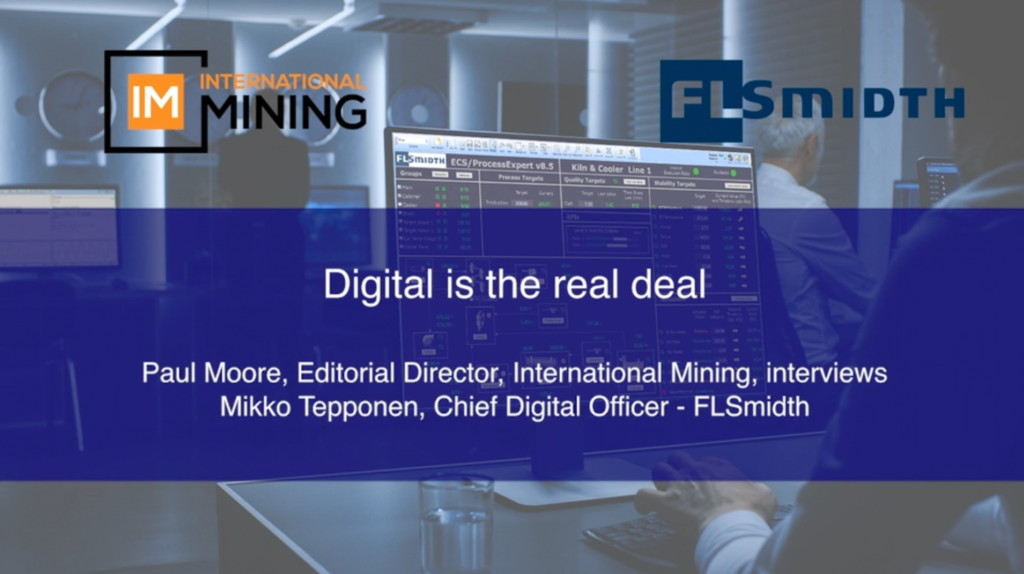Digitalisation has and is taking a key role in mining’s sustainability journey, as it allows the capturing of all the knowledge and data on emissions levels, energy and water usage in the first place. This is central to FLSmidth’s MissionZero programme aiming to reduce emissions in cement and mining to zero by 2030. But going forward the focus of digital in mining ESG is also using algorithms to ensure mineral processing plants are running in the most environmentally sound way possible, which isn’t at the expense of profitability – in fact for many reasons it will be the opposite – plus truly digital operations will allow plants to run in “eco mode” most of the time but also having a maximum production mode if needed.
What about the digital plant on the road to the fully autonomous plant in mining? Like the journey the aviation industry went on some years ago, mineral processing is also on a journey whereby human operators have gradually been given more assistance for certain aspects of plant operation – especially when it comes to decisions relating to plant efficiency as inputs etc change. But going forward automation will also penetrate areas where it has had limited inroads to date, particularly with regard to certain types of maintenance. AI will help on this journey but it is still early days, and it is important to remember mineral processing can involve a lot of separate complex equpiment types and that each plant is effectively unique.
The COVID-19 crisis has had an interesting effect on mining digitalisation – where FLSmidth as an example has seen at least a doubling of its remote customer support efforts. Getting the right data and visbility of the data is just a starting point – once that is in place it is about linking that to the right optimisation and reliability tools, whether for the full process or individual process islands. Optimisation tools are already helping concentrator plants increase throughput and yield. And of course on the predictive maintenance side, there is still a lot to do, as unplanned downtime still plagues the industry especially when it comes to primary pieces of equipment like mills – but these incidents are getting rarer.
AI learning is benefitting a lot from looking to the past also – classifying incidents that have taken place in plants and learning from them; but it is also challenging given the number of variables, interactions and process inputs. The system also has to learn what the right response is. This can be a black box approach purely based on data. But a second and equally important digitalisation approach is based on knowledge. And here experienced plant operators, particularly those specialising in certain processes, have a crucial role to play. This has been described as a digital grey beard – taking everything those people have learned over years of experience, and bringing that to bear on the digital solution. The best way forward is almost always a combination of these two approaches.












